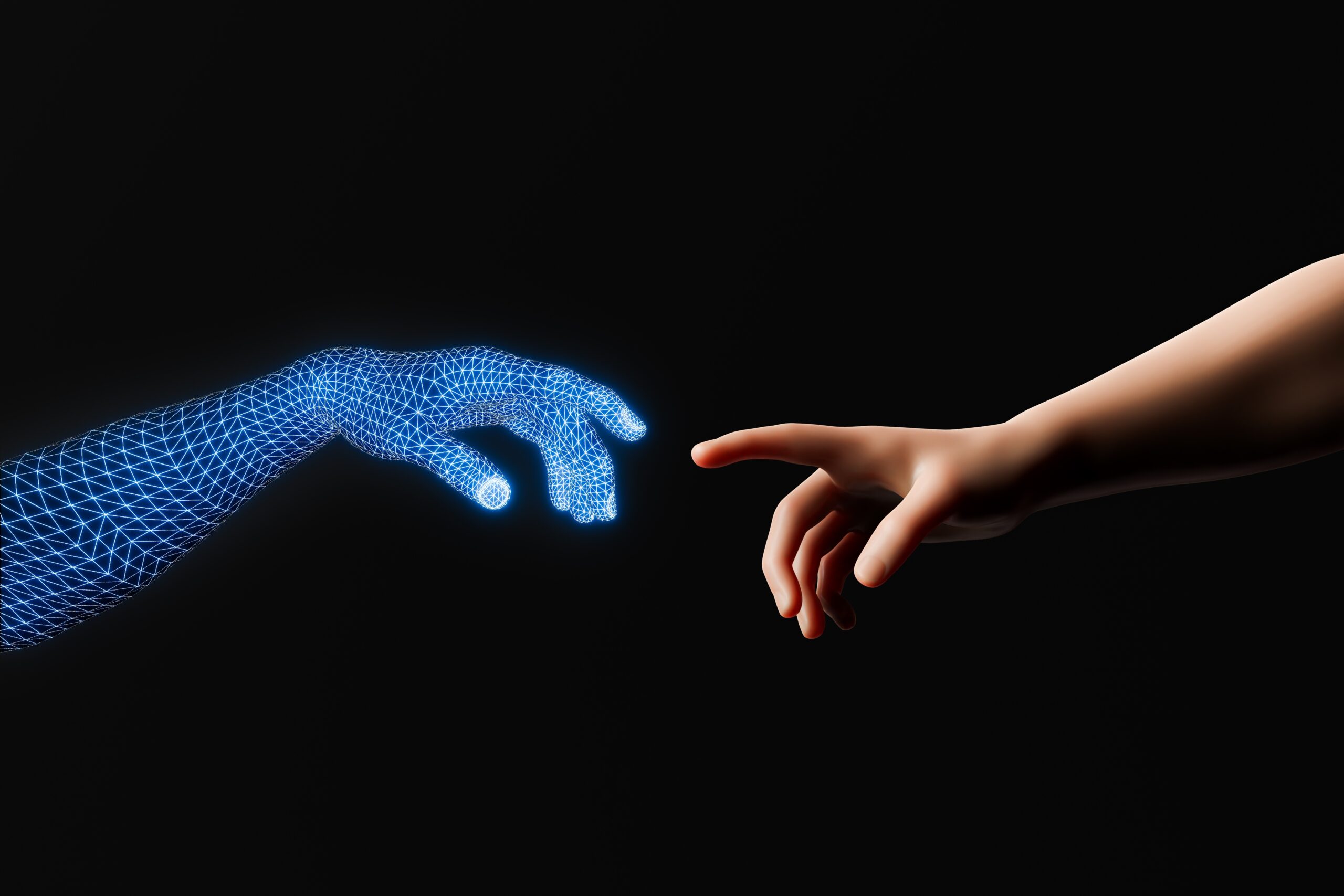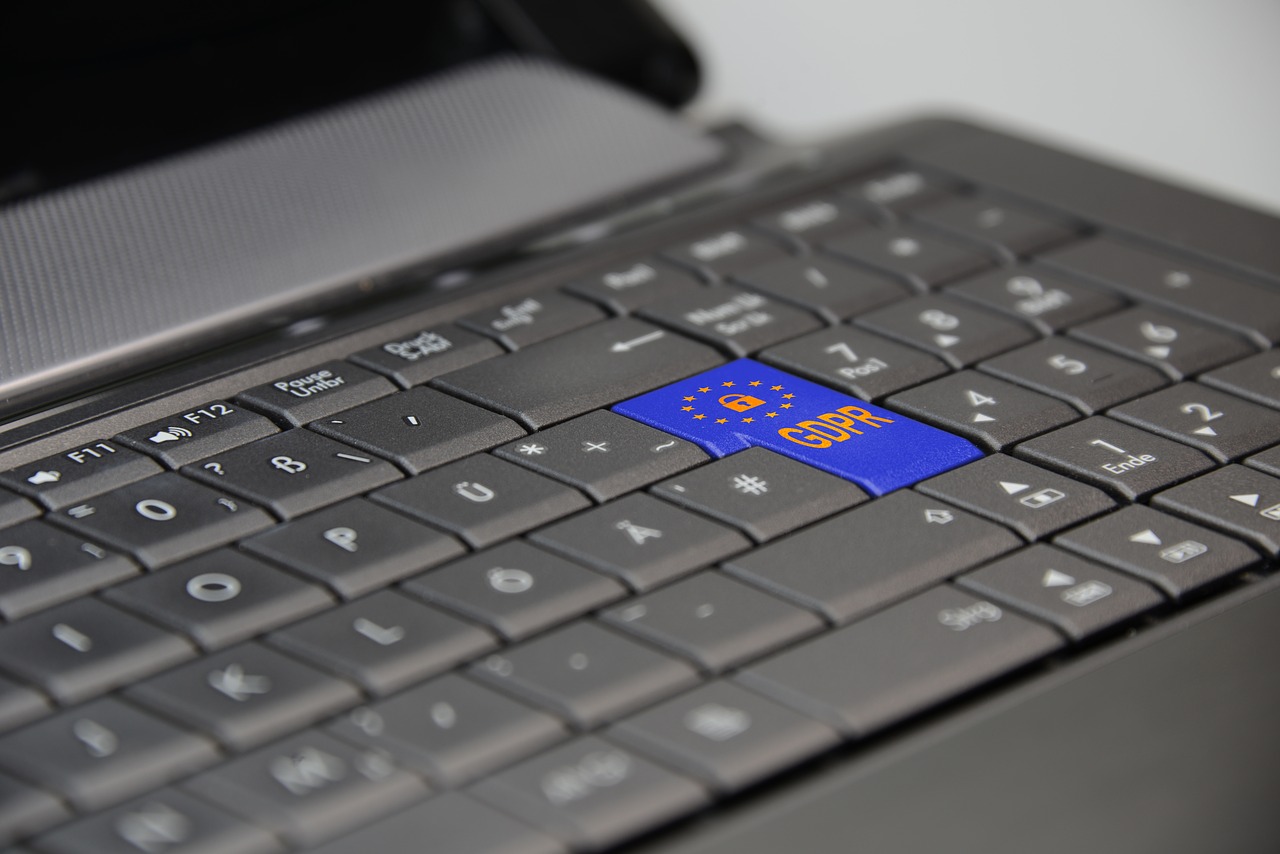Digital Twins
In today’s hyper-connected and data-driven world, businesses across industries are constantly searching for innovative ways to streamline operations, enhance productivity, and stay competitive. One technology that has gained significant traction as part of the current industrial revolution – Industry 4.0 is the concept of Digital Twins. Combining the power of data analytics, simulation, and real-time monitoring, Digital Twins are transforming how companies approach continuous improvement.
What is a Digital Twin?
A Digital Twin is a virtual representation of a physical object, process, or system that is continuously updated with real-time data from its physical counterpart. This digital replica enables businesses to monitor performance, predict potential issues, and simulate scenarios to optimize outcomes for the customer and the business.
The concept of Digital Twins relies on a seamless integration of IoT (Internet of Things), data analytics, artificial intelligence (AI), and machine learning (ML). Sensors on the physical asset collect data, which is then transmitted to the virtual model. This real-time synchronization allows the Digital Twin to reflect the current state of the asset, providing insights into its operation and enabling informed decision-making.
Originally developed for NASA to monitor spacecraft and systems remotely, the application of Digital Twins has expanded across industries, from manufacturing and healthcare to energy, retail, and beyond.
Key Components of a Digital Twin
In understanding how Digital Twins work, it’s important to consider their core components:
- Physical Asset: The tangible object or system being replicated, such as a manufacturing line, wind turbine, or even an entire city.
- Sensors and IoT Devices: Embedded sensors capture real-time data from the physical asset, including temperature, pressure, vibration, and more.
- Data Integration: Platforms that collect, store, and process the data, enabling seamless communication between the physical and digital realms.
- Digital Model: The virtual counterpart, created using simulation software, machine learning algorithms, and predictive analytics.
- Analytics and Insights: Tools that analyze data to provide actionable insights for improving operations and performance.
Applications of Digital Twins for Continuous Improvement
Continuous improvement is a cornerstone of modern business strategy, emphasising incremental enhancements to processes, products, and systems. Digital Twins play a pivotal role in this effort by enabling organizations to:
- Monitor Performance in Real Time
Digital Twins offer unparalleled visibility into operations by providing real-time data on performance metrics. For example, a Digital Twin of a factory’s production line can track machinery efficiency, detect bottlenecks, and highlight areas for improvement. By identifying inefficiencies promptly, businesses can take immediate corrective action.
- Predict and Prevent Issues
Predictive maintenance is one of the most valuable applications of Digital Twins. By analysing data patterns, a Digital Twin can forecast when equipment is likely to fail or require maintenance. This proactive approach reduces downtime, lowers maintenance costs, and extends the lifespan of assets.
- Enhance Product Development
Digital Twins are transforming product design and testing by allowing engineers to simulate performance under various conditions. Virtual prototypes can be tested and refined before physical production begins, saving time and resources. This iterative process ensures products meet quality standards and customer expectations.
- Optimize Processes
In industries like logistics and supply chain management, Digital Twins can simulate different operational scenarios to identify the most efficient routes, inventory levels, or resource allocations. This optimization reduces waste, improves productivity, and enhances overall performance.
- Facilitate Training and Skill Development
Digital Twins create immersive training environments for employees by replicating real-world scenarios. Workers can practice troubleshooting, maintenance, and operational procedures in a risk-free setting, accelerating their learning curve and reducing errors in the workplace.
Industry Use Cases
Manufacturing – Digital Twins are revolutionizing smart factories by enabling real-time monitoring and predictive maintenance. For example, General Electric (GE) uses Digital Twins to monitor industrial equipment, improving efficiency and reducing downtime.
Healthcare – In the healthcare sector, Digital Twins are used to create personalized treatment plans by simulating a patient’s anatomy and predicting the outcome of medical procedures. This approach enhances patient care and reduces risks.
Energy and Utilities – Energy companies leverage Digital Twins to optimize the performance of wind turbines, solar panels, and power grids. By analyzing data, they can improve energy efficiency and reduce environmental impact.
Urban Planning – Cities use Digital Twins to model urban infrastructure, monitor traffic flows, and simulate disaster response scenarios. This technology supports sustainable development and improves the quality of life for residents.
Benefits of Digital Twins in Continuous Improvement
- Data-Driven Decision-Making: Real-time insights empower organizations to make informed decisions and prioritize improvements.
- Cost Savings: Predictive maintenance and process optimization reduce operational costs.
- Increased Efficiency: Simulations and scenario analysis enhance productivity and resource allocation.
- Risk Mitigation: Identifying potential issues early minimizes risks and prevents costly disruptions.
- Enhanced Innovation: Continuous testing and refinement drive innovation in products and processes.
Challenges and Considerations
While Digital Twins offer immense potential, there are challenges to consider:
- Data Security: Protecting sensitive information from cyber threats is critical.
- Integration Costs: Developing and implementing Digital Twins can be expensive, particularly for small businesses.
- Data Quality: Ensuring accurate and reliable data is essential for effective modelling.
- Skill Requirements: Organizations need skilled professionals to develop, operate, and maintain Digital Twins.
The Future of Digital Twins
As technology advances, the capabilities of Digital Twins will continue to expand. Emerging trends like edge computing, 5G connectivity, and advanced AI algorithms are expected to enhance their efficiency and scalability. From autonomous vehicles to smart cities, the applications of Digital Twins are virtually limitless.
By embracing Digital Twins, businesses can unlock new opportunities for continuous improvement, driving innovation and staying ahead in an increasingly competitive landscape. Whether it’s reducing costs, improving quality, or enhancing customer satisfaction, Digital Twins represent a powerful tool for shaping the future of industry and beyond.
If you are considering implementing a digital twin in your business or want to generate the benefits above from continuous improvement, then contact us at Clarion Consulting to discuss your needs.



